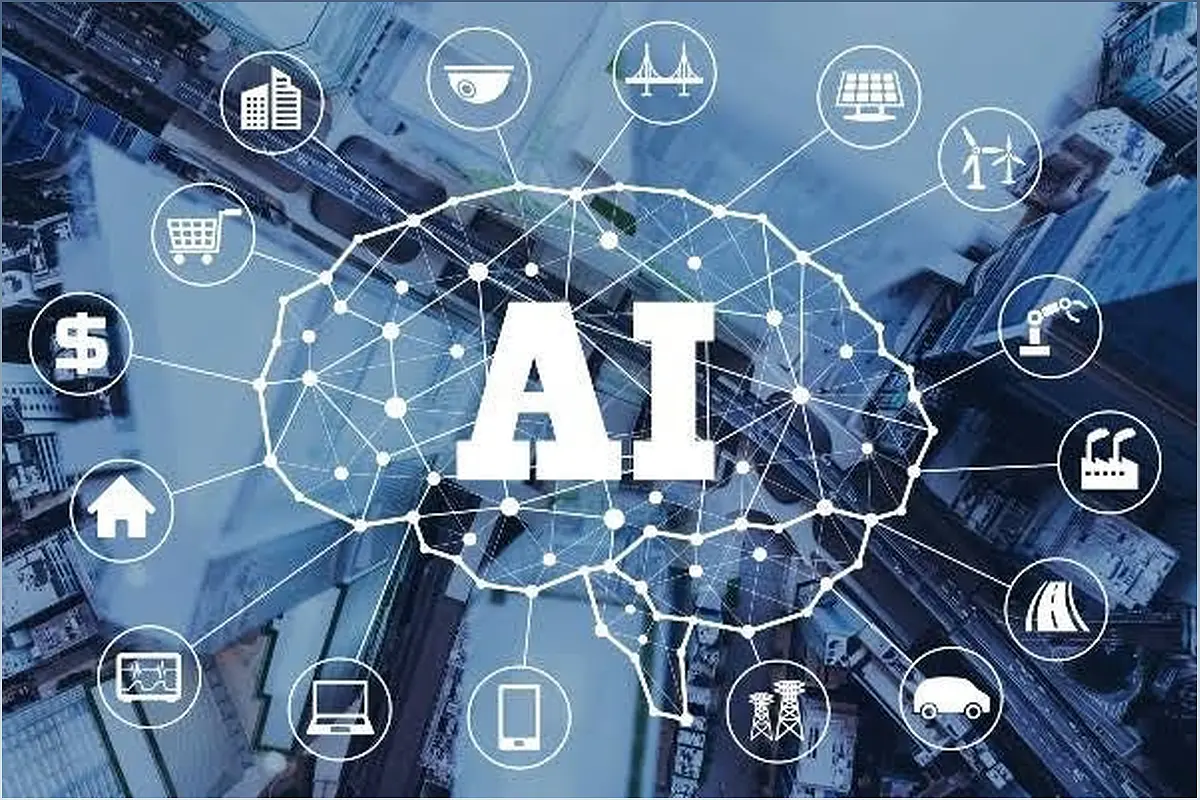The Evolution of Artificial Intelligence: From Ancient Mythology to Intelligent Machines
Artificial Intelligence, or AI, has emerged as a revolutionary technology, transforming various industries. Its roots can be traced back to ancient mythology and early philosophical writings, where the concept of machines exhibiting human-like intelligence was contemplated. In this article, we will delve into the evolution of AI, from its inception at the Dartmouth Conference in 1956 to the present-day breakthroughs in deep learning and neural networks. Join me on this captivating journey as we explore the milestones, challenges, and limitless possibilities of AI.
The Birth of AI: Dartmouth Conference in 1956
Explore the pivotal event that marked the birth of AI as a formal field of study.
In 1956, the Dartmouth Conference brought together visionaries like John McCarthy, Marvin Minsky, Nathaniel Rochester, and Claude Shannon. This landmark event laid the foundation for the development of AI as a scientific discipline.
During the conference, the participants discussed the potential of machines exhibiting human-like intelligence. Little did they know that this gathering would shape the future of AI research and set the stage for groundbreaking advancements.
Milestones in AI Research: Logic Theorist and Expert Systems
Discover the significant milestones that propelled AI research forward.
In the late 1950s and early 1960s, AI research witnessed remarkable progress. Allen Newell and Herbert A. Simon developed the Logic Theorist, a computer program capable of proving mathematical theorems. This achievement showcased the potential of machines to perform human-like tasks and marked a major milestone in AI.
In the 1980s, researchers shifted their focus to developing specialized AI systems known as expert systems. These systems applied rules-based reasoning to specific domains, enabling them to solve complex problems. Expert systems became a dominant area of AI research during this period.
The AI Winter: Challenges and Reduced Expectations
Explore the challenges faced by early AI systems and the subsequent period known as the AI winter.
During the 1960s and 70s, there was a surge of optimism in AI research. However, the limitations of early AI systems became apparent, leading to a period known as the AI winter. This phase was characterized by reduced funding and tempered expectations.
Despite the setbacks, the AI winter prompted researchers to reevaluate their approach and shift their focus to developing specialized AI systems. This shift laid the groundwork for future advancements in the field.
Resurgence of AI: Advancements in Machine Learning
Discover the resurgence of interest in AI driven by advancements in machine learning.
In recent years, AI has experienced a resurgence of interest, thanks to advancements in machine learning. Pioneers like Geoffrey Hinton, Yann LeCun, and Yoshua Bengio made groundbreaking contributions to the field, particularly in the realm of deep learning and neural networks.
Deep learning and neural networks have revolutionized AI applications, enabling machines to achieve human-level performance in tasks such as image recognition, natural language processing, and game-playing. This progress has led to the integration of AI into various industries, from healthcare to autonomous vehicles.
The Promising Future of AI: Limitless Possibilities
Explore the boundless potential and possibilities that lie ahead in the AI-driven future.
The evolution of AI is a testament to human ingenuity and our relentless pursuit of replicating and understanding intelligence. From early philosophical ponderings to contemporary breakthroughs in deep learning, AI has come a long way.
As we enter an AI-driven future, the possibilities seem limitless. Intelligent machines have the potential to transform various aspects of our lives, from healthcare and transportation to education and entertainment. The integration of AI holds the promise of a world enhanced by intelligent technologies.

